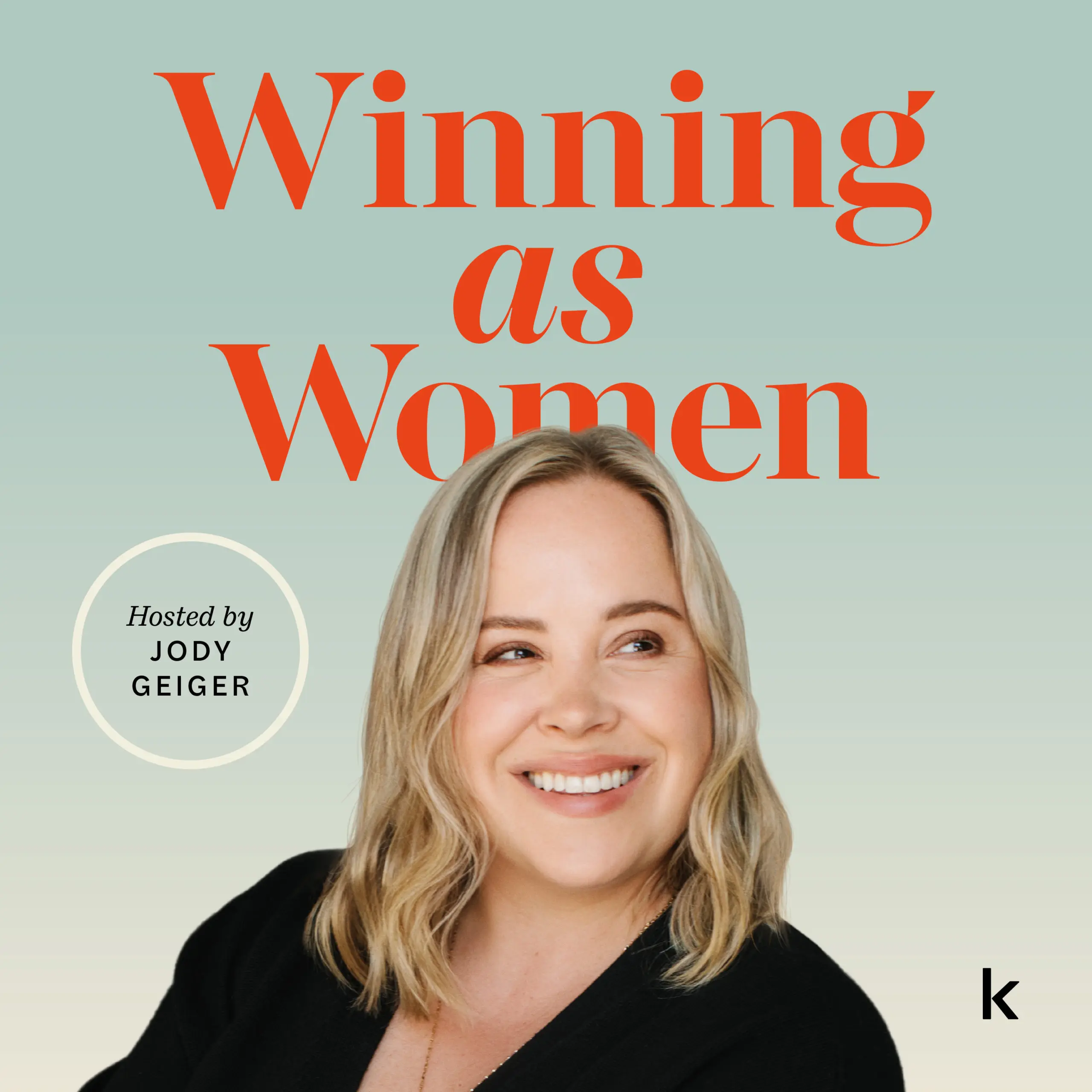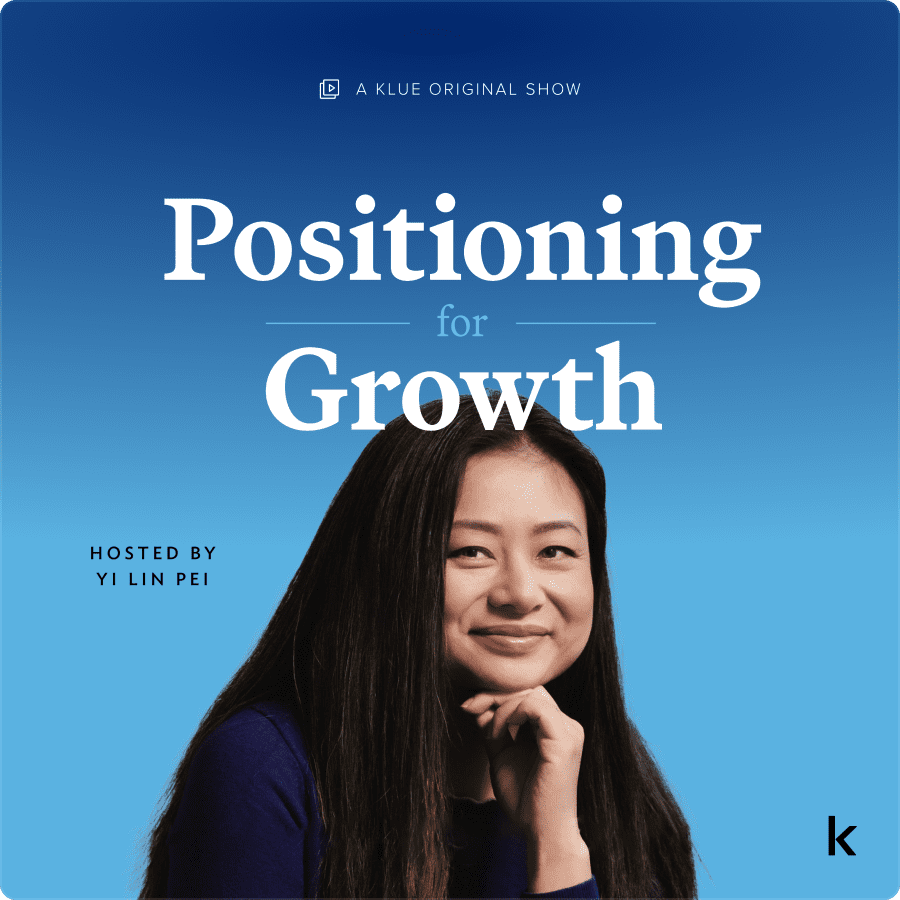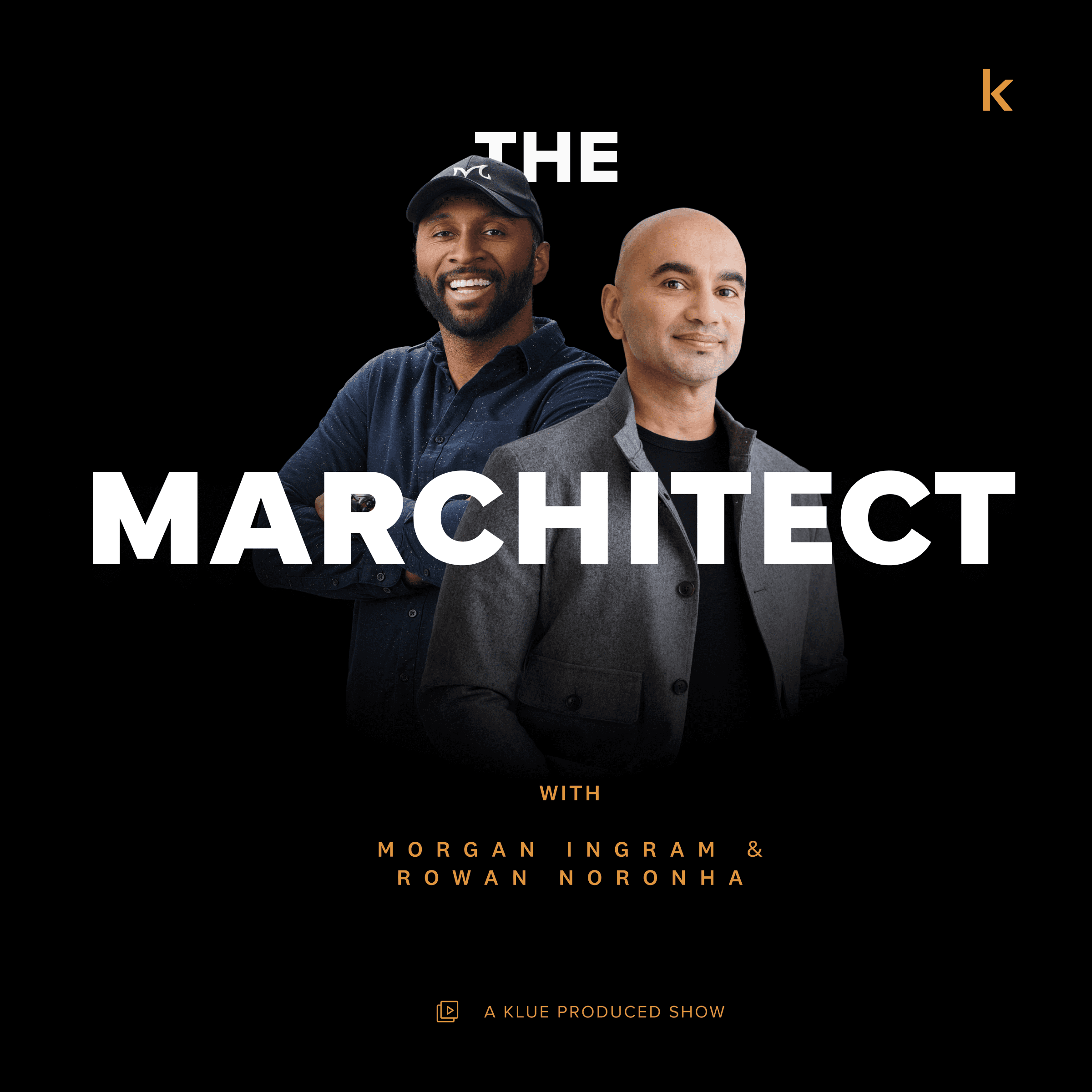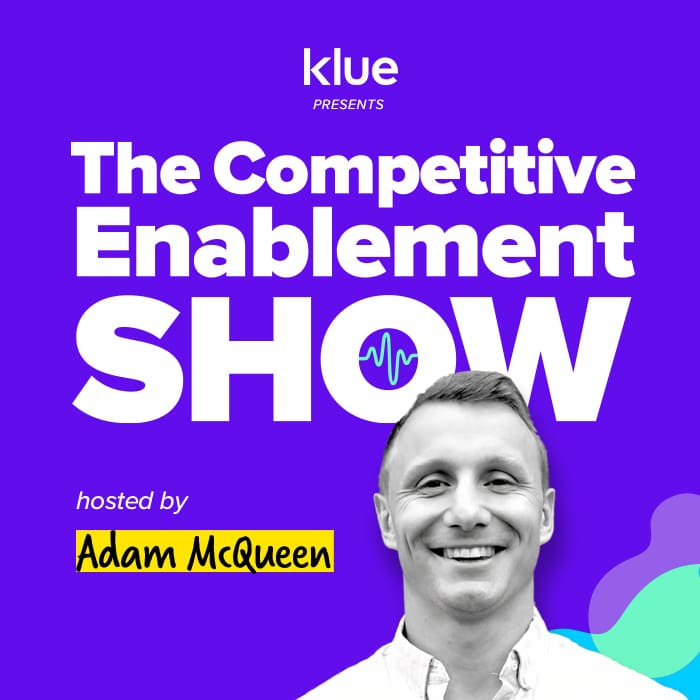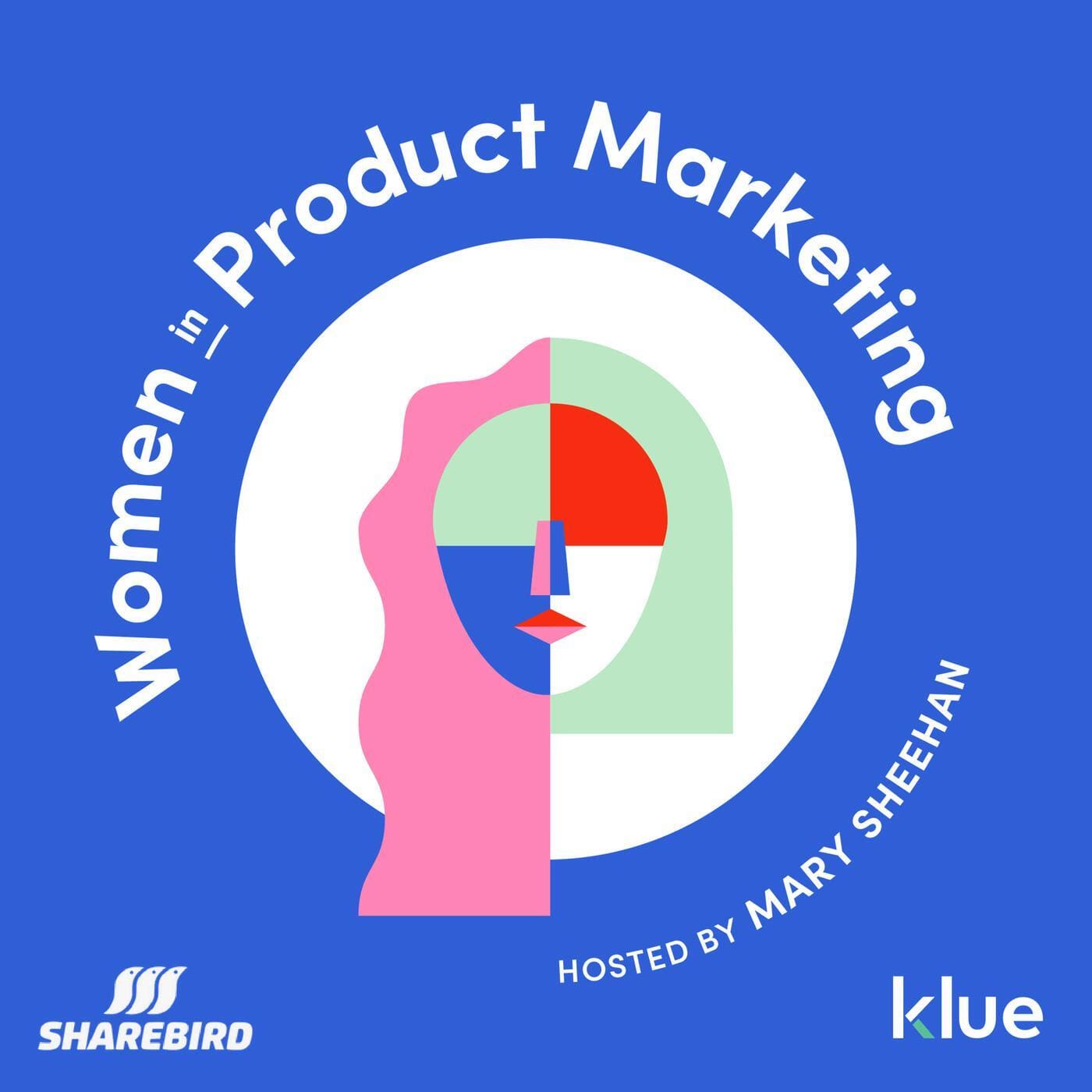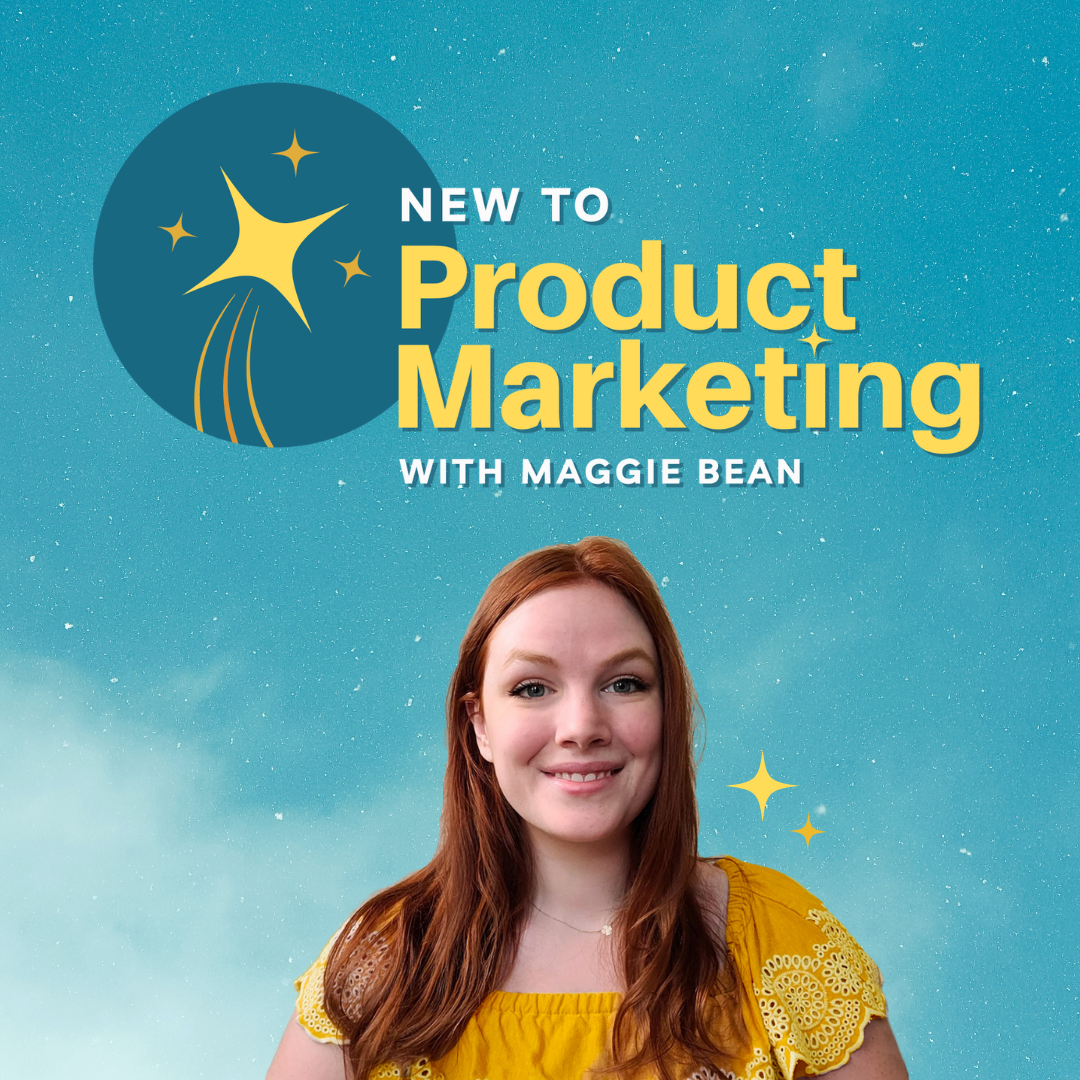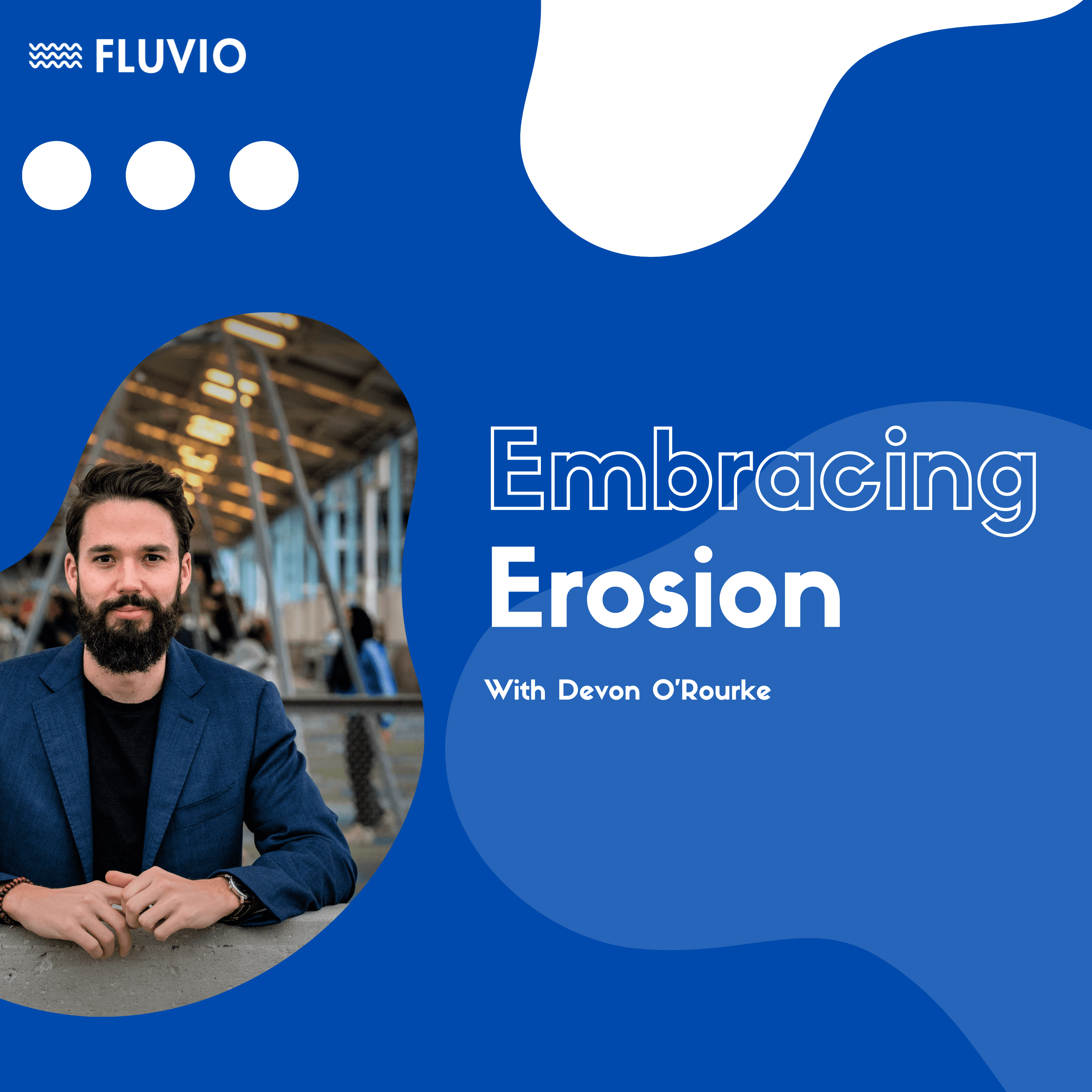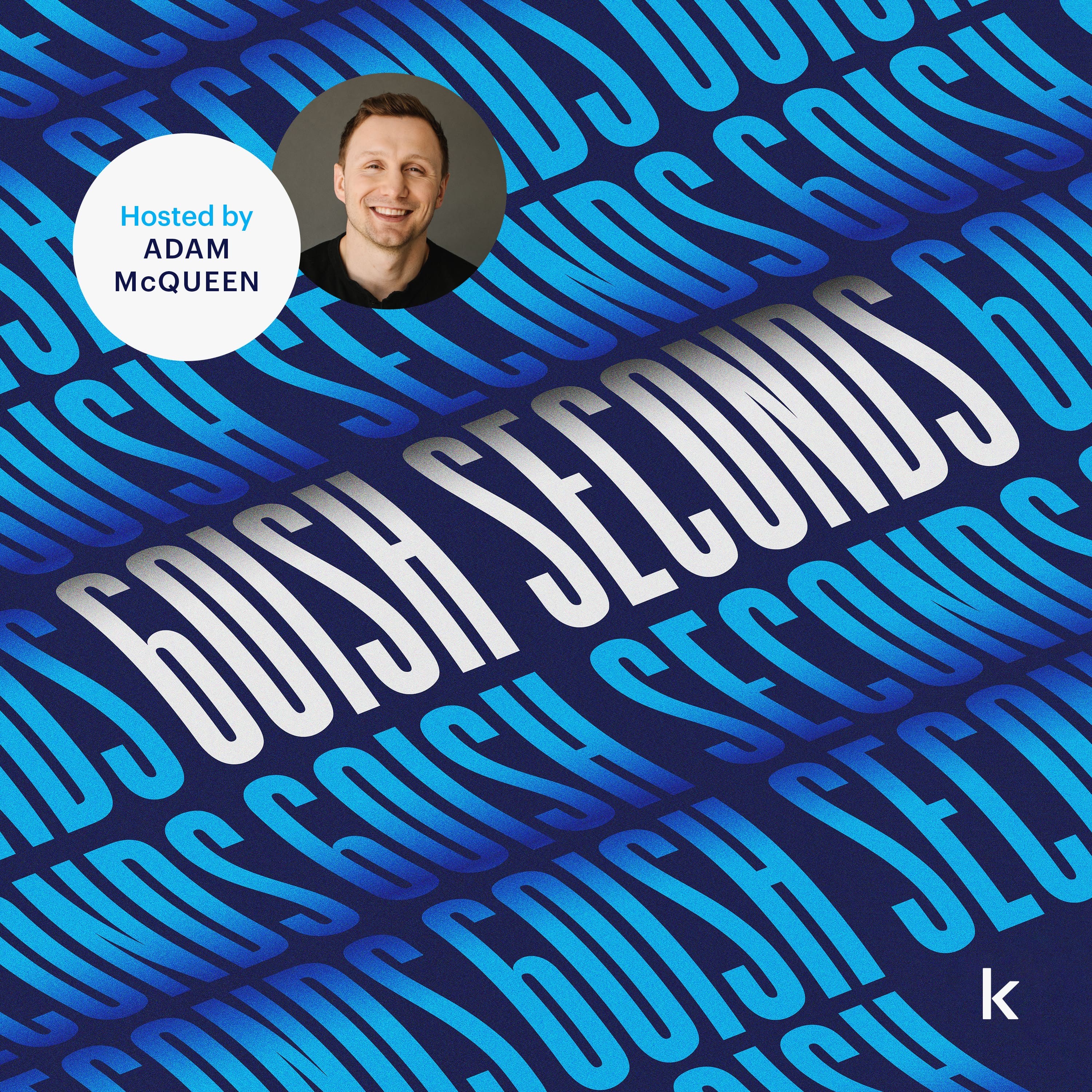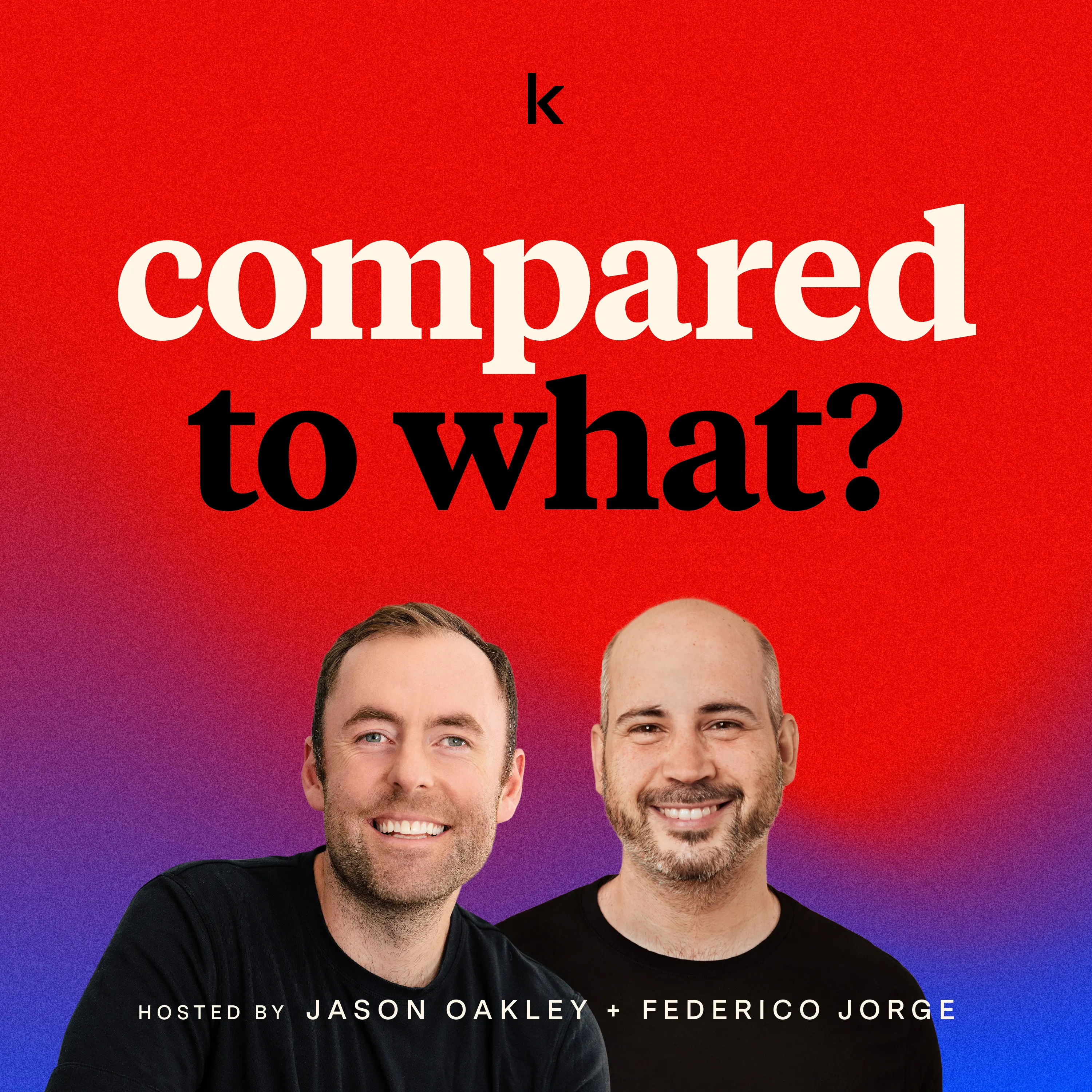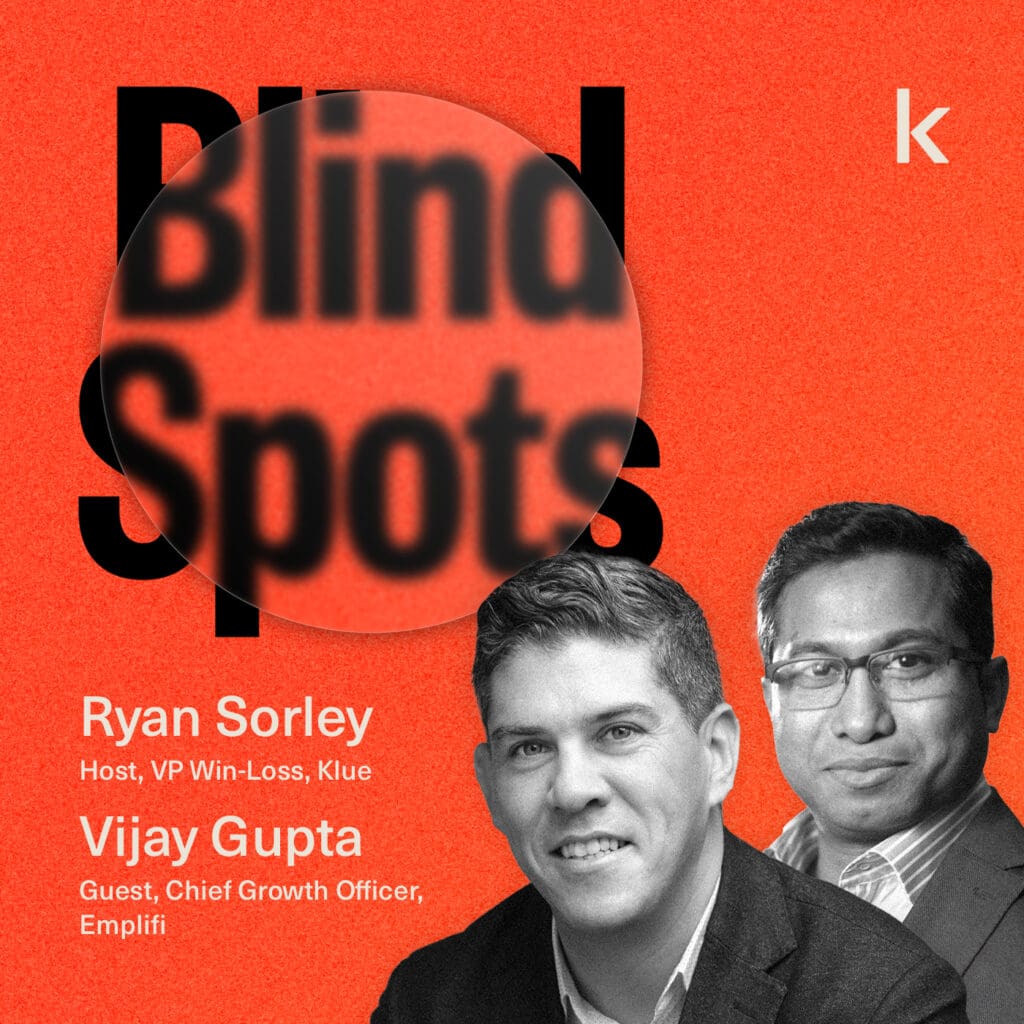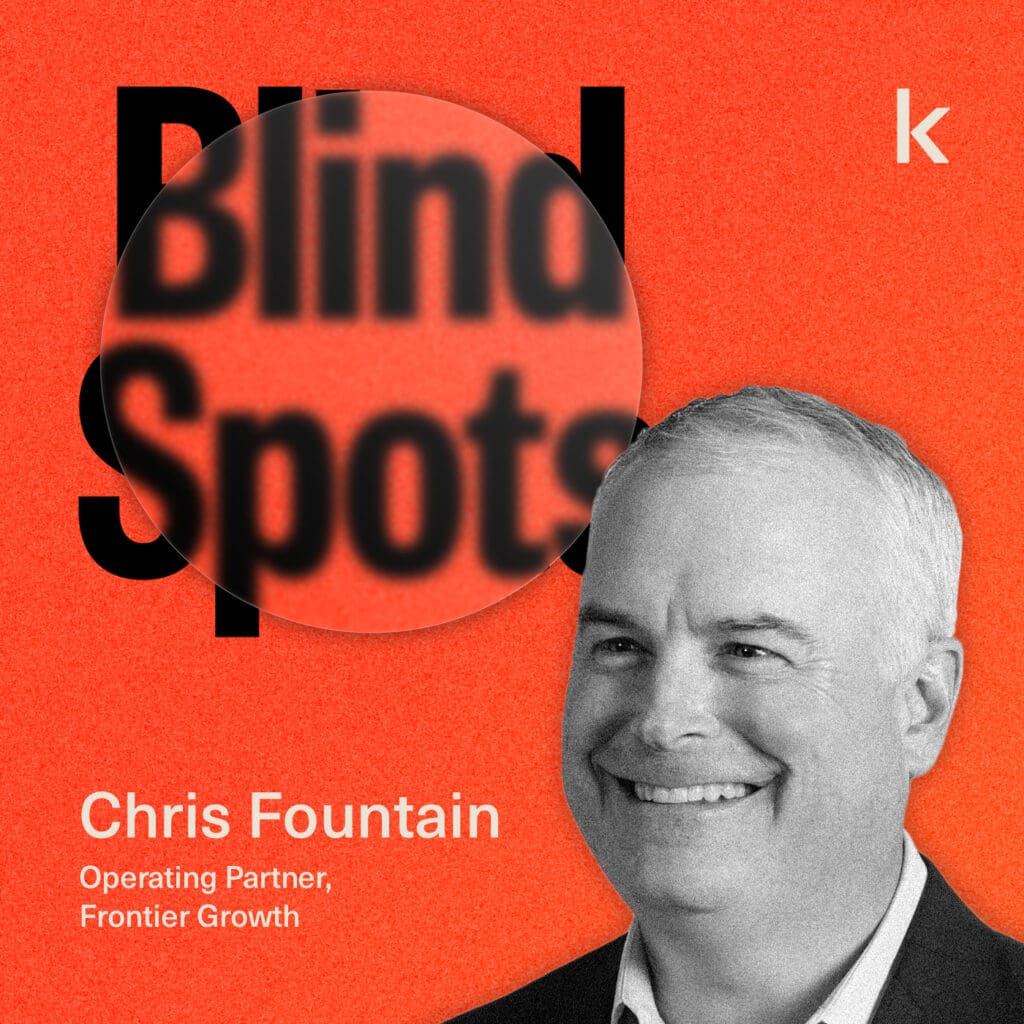Raising Your Winning Percentage with Win-Loss Analysis
Tom Ebling is the former CEO of Demandware, a company that was acquired by Salesforce in 2016 for $2.8 billion. Today Tom is a Board Member and Advisor to SaaS companies. He joined Ryan to talk about how win-loss insights have driven him and his teams to make better, more strategic decisions. Here are three takeaways from their conversation.
Seller intel without buyer intel lacks nuance
You have to talk to the eye-witnesses at the scene of the crime. But often those witnesses are too close to the event to give you an objective opinion.
The same is true of asking sellers for intel about a deal. Asking them first is an essential step to take. But you won’t surface valuable, decision-making-worthy insights without getting objective third-party data from win-loss.
“It wasn’t that [the gap between seller and buyer intel] was night and day. But there was a lot more nuance and consistency from one deal to another with third-party information.”
Sellers tend to point to easily captured, easily understood information like pricing and features. And there may be some truth to it.
But Tom’s found that the insights uncovered by third-party interviews are an indispensable piece of the puzzle.


⏰ Win-loss insights inform strategic acquisitions ⏰
Tom’s sales force kept telling him they were losing deals because of a gap in Demandware’s product offering. It came up frequently enough that he and the leadership team took notice.
But you can’t make major strategic decisions on a hunch and a whim — especially a multi-million dollar acquisition. Enter: win-loss insights.
“With the win loss information, we determined the product gap was having an impact on lost sales and that it merited the strategic acquisition of a company that had a product in that space to fill the gap.”
Ad hoc programs often seal their own fate. An unsystematic process yields unreliable data.
Having worked with both ad hoc and formal win-loss programs, there is no subsitute for a proper win-loss program.
And there’s no better time to start than now.
Watch Ryan’s chat with Emplifi’s Chief Growth Officer on the Season Premiere of Blindspots
Beat your competitor’s FUD with win-loss analysis
Lying is bad. When running a publicly traded company, lying is illegal.
So when a competing CEO got in the habit of saying his company would beat Demandware on a regular basis — which Tom knew to be false — he also understood he couldn’t refute the false claim without evidence.
“You don’t want to say something unless you’re really sure you can back it up because (…) but once we started getting third party win-loss information and could see this competitor never even made it to the finals in any of our deals, I could now respond.”
Win-loss insights give you the kind of quantitative you need to be confident in — and make better — decisions.
If they can do it for Tom, they can do it for you.




Stay up to date with the latest from The Compete Network
Be the first to know about the newest episodes dropping on the Compete Network, upcoming shows with creators, and community events where you can learn from top leaders.
JOIN NOWNEWSLETTER

Never miss a new release on the network.
(Your competitors sure aren’t.)
Be the first to know about:
- The latest episodes dropping on the Compete Network
- Community sessions & events
- Upcoming exclusive shows

